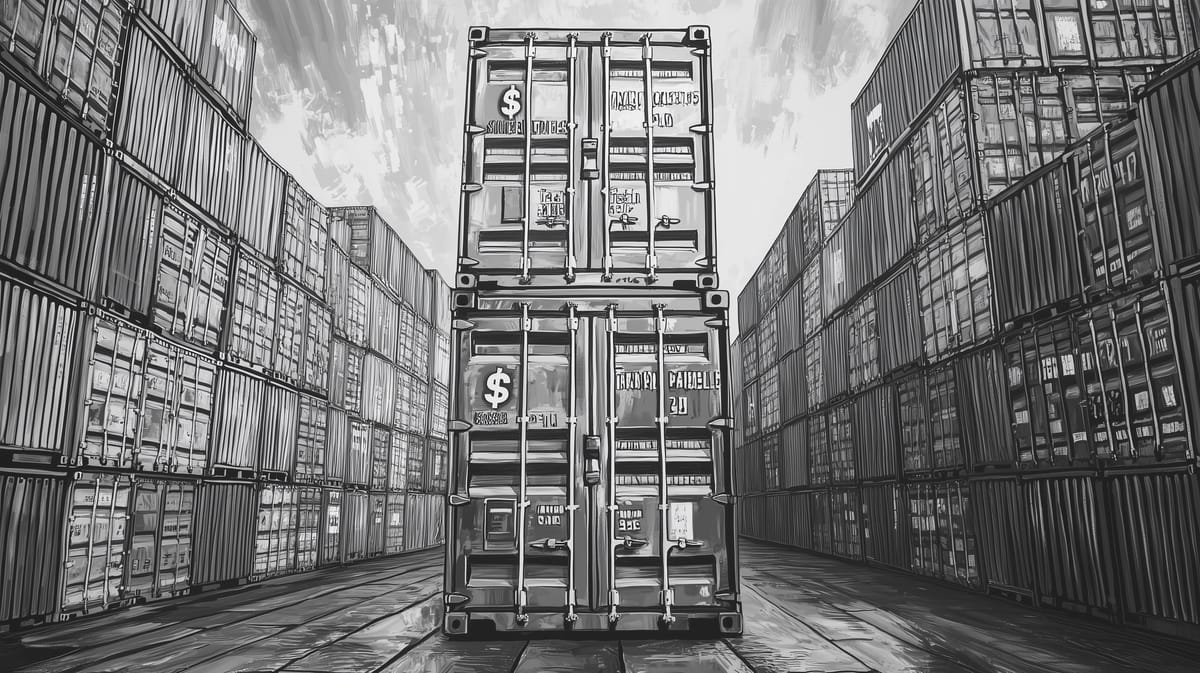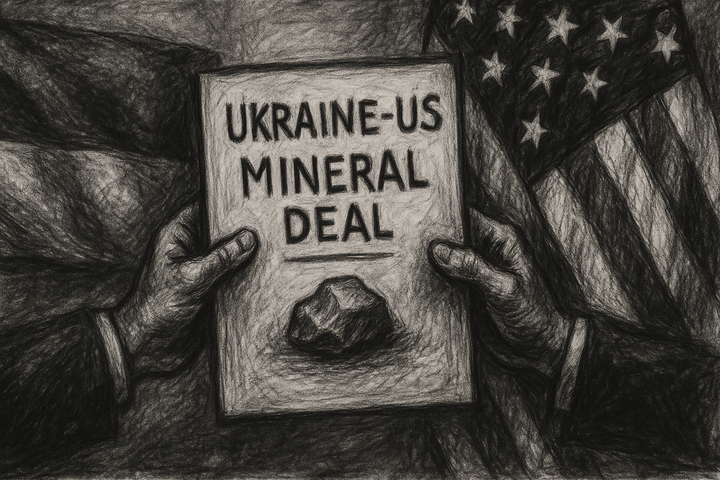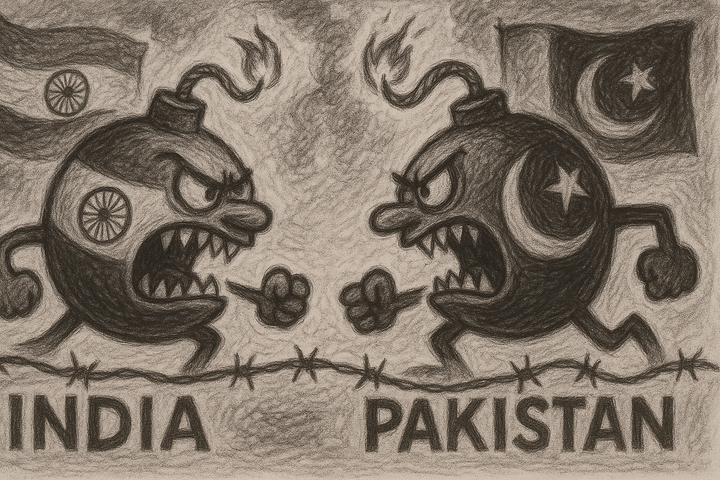North America on Edge: Trump’s Tariff Threats Loom as Saturday Deadline Approaches

The world of global trade is bracing for impact. With a stroke of his pen, former President Donald Trump is poised to slap 25% tariffs on Canadian and Mexican imports—a move that could disrupt $1.6 trillion in annual trade and send ripple effects across multiple industries.
Why the Tariffs?
Trump’s rationale? He’s tying the tariffs to demands that Canada and Mexico crack down on illegal immigration and fentanyl trafficking into the U.S. But while the political maneuvering plays out, companies, farmers, and consumers alike are left scrambling to understand the real-world economic consequences.
The big question remains: Will Trump enforce the tariffs immediately, or will there be a delay for negotiations?
What Happens Next?
Industry insiders are desperately seeking clarity. Historically, even an immediate imposition would still require two to three weeks of public notice before U.S. Customs and Border Protection starts collecting. However, the looming threat has already sent markets into a frenzy.
Even more concerning? Trump is hinting at a 10% tariff on Chinese imports, raising the stakes in what could become a global trade war redux.
Economic Shockwaves: Higher Prices for Consumers
The biggest losers in this scenario? Everyday consumers and businesses on both sides of the border.
What’s Getting More Expensive?
- Gasoline prices: Trump is considering extending the tariffs to Canadian and Mexican crude oil, which could increase costs at the pump.
- Food & Groceries: Expect higher prices on fresh produce, meats, and Mexican beer—imports that could see price hikes if tariffs go through.
- Electronics & Auto Parts: The highly integrated North American supply chain means that car parts cross borders multiple times before final assembly. A tariff shock will raise vehicle costs for manufacturers and consumers alike.
Matthew Holmes of the Canadian Chamber of Commerce sums it up:
"Trump’s tariffs will tax America first."
In other words, while the intent is to punish foreign nations, American consumers will bear the brunt of the costs—whether at the grocery store, the gas station, or the checkout page of their favorite online retailer.
Retaliation is Coming
Canada and Mexico won’t take these tariffs lying down.
- Canada has already mapped out countermeasures, targeting C$150 billion worth of U.S. imports, including orange juice from Florida—Trump’s adopted home state.
- Mexico warns the tariffs could cost 400,000 U.S. jobs and has vowed retaliation if they move forward.
- China remains measured, reminding the U.S. of its existing cooperation on fentanyl trafficking while waiting to see if Trump’s threats materialize.
Fed in Limbo: Will Tariffs Fuel Inflation?
As if the trade war wasn’t enough of a headache, U.S. inflation is already ticking higher, adding another layer of uncertainty.
According to the Commerce Department’s Bureau of Economic Analysis, the PCE price index—the Fed’s preferred inflation gauge—rose 0.3% in December, accelerating from November’s 0.1% increase.
Higher tariffs could exacerbate inflation by raising costs across multiple industries, making it even harder for the Federal Reserve to cut interest rates in the near future.
Interest Rate Divergence: A Dollar Dilemma
While global central banks like the ECB, Bank of Canada, and Bank of England are all cutting rates, the Federal Reserve is holding firm—a move that could strengthen the dollar and make U.S. exports more expensive.
Trump isn’t happy. He’s demanding rate cuts, but the Fed, led by Jerome Powell, is in a policy purgatory—uncertain how Trump’s tariffs and economic policies will shape inflation going forward.
"We see things in a really good place… We don’t need to be in a hurry to make any adjustments."
— Jerome Powell, Fed Chair
The Big Picture: Where Does This Leave Us?
The next few weeks will be pivotal. If Trump follows through on his tariff threats, expect:
✅ Higher consumer prices across food, energy, and imported goods.
✅ Potential Fed hesitation in cutting interest rates.
✅ Retaliation from Canada, Mexico, and China, escalating trade tensions.
On the other hand, if Trump chooses to suspend the tariffs—perhaps as a negotiation tactic—it may calm market fears, but raise doubts about his credibility in future trade disputes.
For now, businesses and consumers alike remain in a wait-and-see mode—bracing for impact while watching whether Trump’s economic brinkmanship leads to policy disaster or strategic victory.
📢 What do you think? Will the tariffs go into effect, or is this just another round of trade war bluffing? Drop your thoughts in the comments!




Comments ()